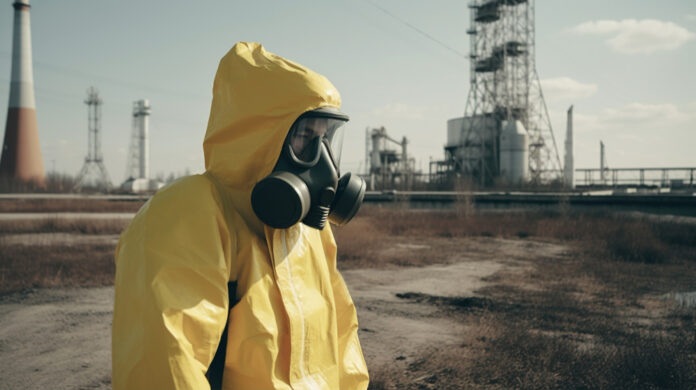Radon, a naturally occurring radioactive gas, is a silent threat lurking in many homes across the country. In places like Denver, radon testing is crucial to ensuring the safety of indoor air. This article provides comprehensive insights into radon detection, its health implications, sources, testing methods, interpretation of results, mitigation strategies, and long-term prevention measures.
Understanding Radon: A Silent Threat in Indoor Air
Radon is an odorless, colorless gas that seeps into buildings from the ground beneath. It is formed by the breakdown of uranium in soil, rock, and water. Radon testing Denver is essential due to the city’s geological composition, which increases the likelihood of radon presence. Understanding radon and its potential risks is the first step in protecting indoor air quality.
Health Implications: The Dangers of Radon Exposure
Exposure to high levels of radon poses serious health risks, including an increased risk of lung cancer. Radon is the second leading cause of lung cancer after smoking, responsible for thousands of deaths each year. Long-term exposure to elevated radon levels can significantly impact respiratory health, making it crucial to address radon contamination promptly.
Radon Sources: Where Does it Come From?
Radon enters homes through cracks in the foundation, gaps in construction joints, and other entry points. It can also seep through well water and building materials. In Denver, radon originates from uranium-rich soils and rocks prevalent in the region. Understanding the sources of radon infiltration is essential for effective mitigation and prevention strategies.
Measuring Radon Levels: Techniques and Devices
Various techniques and devices are available for measuring radon levels in indoor air. These include short-term and long-term testing methods, such as charcoal canisters, alpha-track detectors, and continuous radon monitors. Each method has its advantages and limitations, requiring careful consideration when selecting the appropriate testing approach.
Radon Testing Methods: Pros and Cons
Short-term radon testing provides quick results, typically lasting from two to seven days. Long-term testing, on the other hand, offers a more accurate assessment of radon levels over an extended period, usually three months or more. While short-term testing is convenient, long-term testing provides a more comprehensive understanding of radon exposure risks.
Interpreting Results: What Do Radon Levels Mean?
Interpreting radon test results requires understanding the Environmental Protection Agency’s (EPA) recommended action levels. The EPA recommends taking action if radon levels exceed 4 picocuries per liter (pCi/L). However, any level of radon exposure poses some risk, so even lower levels may warrant mitigation measures to reduce radon concentrations and protect occupants’ health.
Radon Mitigation Strategies: Protecting Your Home
If radon levels exceed recommended thresholds, various mitigation strategies can be implemented to reduce indoor radon concentrations. Common mitigation techniques include sub-slab depressurization, which involves installing a vent pipe and fan system to draw radon gas away from the building foundation, and sealing cracks and gaps to prevent radon entry.
Maintaining Safe Air: Long-term Radon Prevention
Preventing radon infiltration requires ongoing efforts to maintain indoor air quality. Regular radon testing is essential, especially in high-risk areas like Denver. Additionally, proper ventilation and sealing foundation cracks can help minimize radon entry. Long-term prevention measures, combined with effective mitigation strategies, can ensure continued protection against radon exposure.
Conclusion
Indoor air quality matters, and radon detection is a crucial component of ensuring a healthy living environment. By understanding the dangers of radon exposure, identifying its sources, testing radon levels, interpreting results, implementing mitigation strategies, and maintaining long-term prevention measures, homeowners can safeguard their homes and protect their families from the silent threat of radon gas. Radon testing in Denver is particularly vital due to the city’s geological characteristics, making it essential for residents to prioritize radon detection and take proactive steps to maintain safe indoor air quality.



